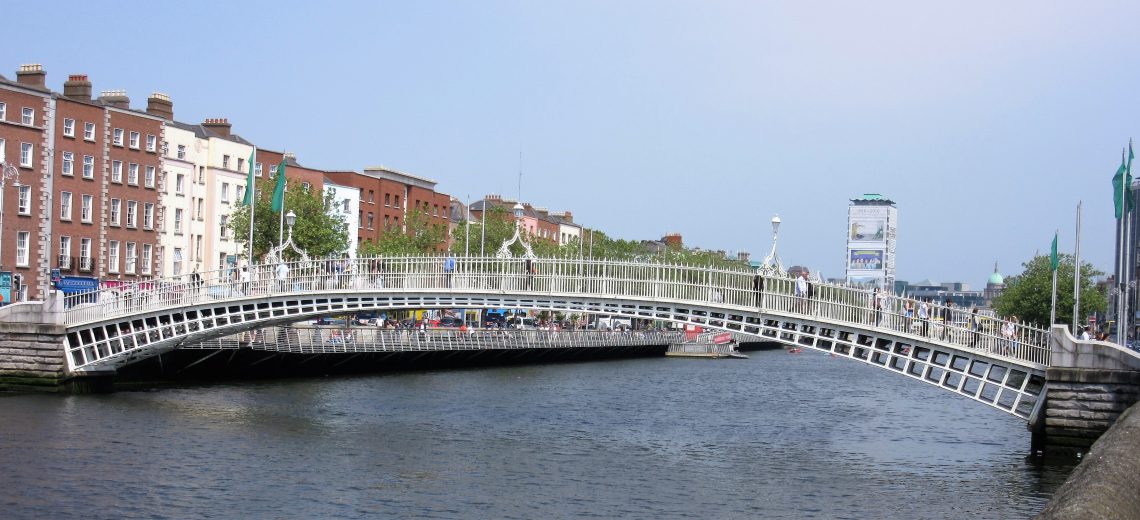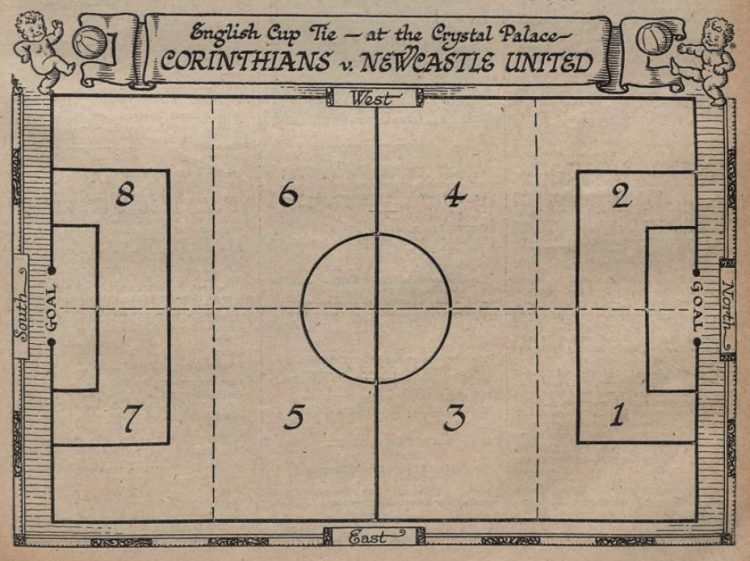The informal phrase back to (also at, in, on) square one means back to where one started, with no progress having been made.
The earliest instances of the phrase indicate that it refers to the game of snakes and ladders, a board game in which an unlucky fall of the dice takes one from the top to the bottom line.
The earliest recorded occurrence of back to square one is from the review by E. M. Hugh-Jones of The American Economy, 1860–1940 (London: Allen and Unwin, 1951), by A. J. Youngson Brown—review published in The Economic Journal: The Quarterly Journal of the Royal Economic Society (London: MacMillan and Co. Limited) of June 1952:
An historian who essays the task to “select and simplify” the last eighty years of American history undertakes a job of unusual difficulty, because of the pace and volume of the events with which he has to deal. […] This renders a strictly chronological narrative impossibly difficult and forces the writer to attempt the task of developing separately the various strands of which his story is composed, while showing, without being too obvious in his cross-references, the way in which they interlock. Withal he has the problem of maintaining the interest of a reader who is being always sent back to square one in a sort of intellectual game of snakes and ladders.
The context of the earliest occurrence of the phrase that I have found confirms the reference to the game of snakes and ladders; Felix Barker wrote the following in an article about Britain’s road problem, published in the Liverpool Echo and Evening Express (Liverpool, Lancashire, England) of Tuesday 3rd November 1959:
There is a saying: “Everyone likes roads unless they go through his back garden”—and in a congested densely populated country like England you cannot build a road without upsetting a few people. “Compulsory purchase” is a dirty phrase in this country, but it is sometimes essential if a new road is to cut across fields in anything approaching a straight line. Startled villagers wake to find themselves invaded; farmers see their harvest fields cut in half by a road as impassable as a river. All protest. In a democratic country every protest has to be heard.
If the farmer wins, “the line” may have to be changed. In the game of snakes and ladders, the Ministry planners may find themselves back at square one.
The earliest use that I have found of back to square one without explicit reference to the game of snakes and ladders is from New Teaching Code for Golf: A Swing Towards Perfection, by John Stobbs, published in The Observer (London, England) of Sunday 29th January 1961—P.G.A. is the abbreviation of Professional Golfers’ Association:
To-morrow begins a new era in British golf. It starts with neither bang nor whimper, but modestly, behind closed doors, as the new P.G.A. sub-committee on teaching golf get down to deliberations.
[…]
They have a huge job before them. But a start is a start: one thing they will be trying to do over the coming months will be to hammer out an agreed doctrine on what are the essential mechanics of the golf swing, and how it can best be taught.
[…]
It is, of course, Back to square one. And let us wish them luck!
Another early use of the phrase without explicit reference to the game of snakes and ladders occurs in Aims of art in Communist China: “In the service of the people”, by Denis and Anna Mathews, published in The Guardian (Manchester, Lancashire, England) of Tuesday 30th May 1961:
Since we took an art exhibition to China, our first contact with the creative world was with painters. Discussion of any of the arts centred always upon the same statements. “We are here,” said the charming director of Hangchow Art Academy (one of the best in the country), “to serve most of the people, the peasants, workers, and soldiers all of the time.”
[…]
At the beginning of an art forum we would walk around the room looking at pictures. Oddly enough, the choice of what everyone considered to be the best would coincide. But if we attempted to find out why we liked a certain picture, then slight vertigo set in. We liked the same pictures for reasons utterly unrelated to theirs.
[…]
At this point the conversation would begin to flounder, amiably but frustratingly, in a maze of clichés, and we would always end up back in square one with the workers, peasants, and soldiers.
Finally, the following is from the column written, under the pseudonym of Cassandra, by the English journalist William Neil Connor (1909-1967), published in the Daily Mirror (London, England) of Monday 27th November 1961:
Back to Square One
Mr. Michael Gotla has resigned from the firm that runs Minicabs and Mr. Isaac Wolfson has sold his controlling interest and pulled his money out.
What’ll happen now is anyone’s guess—but it does not look like a triumph for putting alternative transport on the London streets for those who normally use taxis. The fight has been an ugly one with nasty scenes ending up in the courts.
The long-suffering public may well be back to square one and the prospect of continuing inconvenience.
The undeniable fact is that in rush hours, when taxis are most needed, they are almost impossible to obtain—especially if it rains.
FOLK ETYMOLOGY
The phrase back to square one is often said to derive from the notional division of an association-football pitch into eight numbered sections for the purposes of early radio commentaries.
However, not only was this system abandoned several decades before the first record of the phrase, but also—as already mentioned—the earliest occurrences of the phrase explicitly refer to the game of snakes and ladders.
An early diagram showing the division of a football pitch was published in The Radio Times: The Journal of the British Broadcasting Corporation (London: George Newnes, Ltd.) of Friday 28th January 1927:
We print below a plan of the Crystal Football Ground where, on Saturday, January 29, the Corinthians will meet Newcastle United in the Fourth Round of the fight for the coveted F.A. Cup. A running commentary on the match will be broadcast […].
Listeners will find our plan of the ground helpful in following the course of the match on their sets. It is to this plan that the announcer will refer in reporting the to-and-fro of the game.

